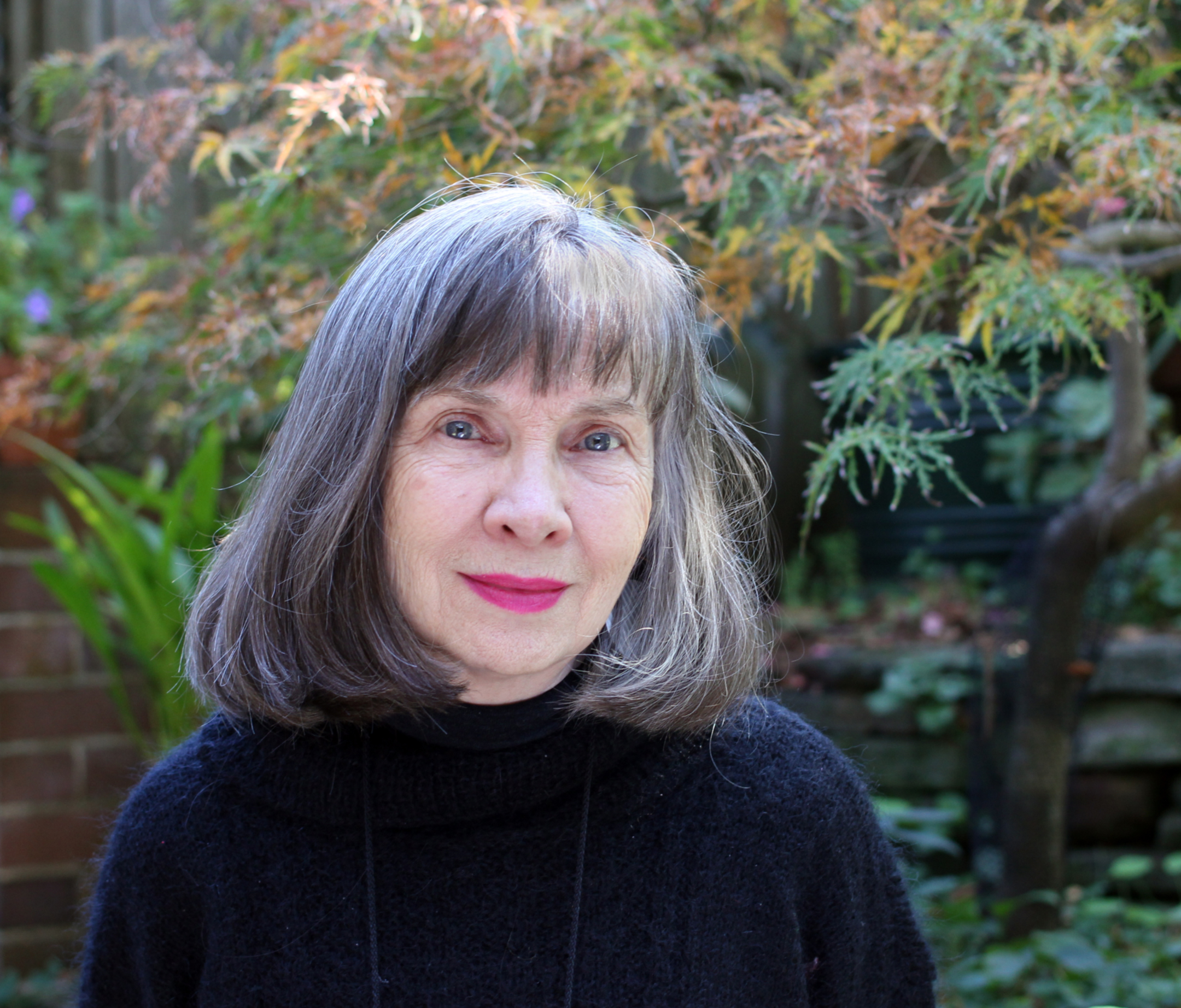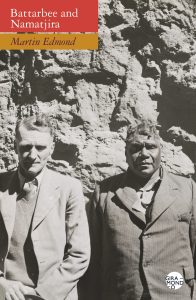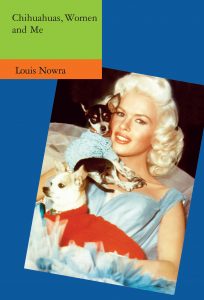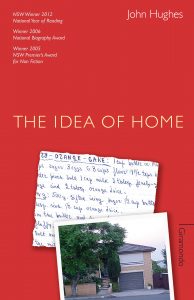Basket
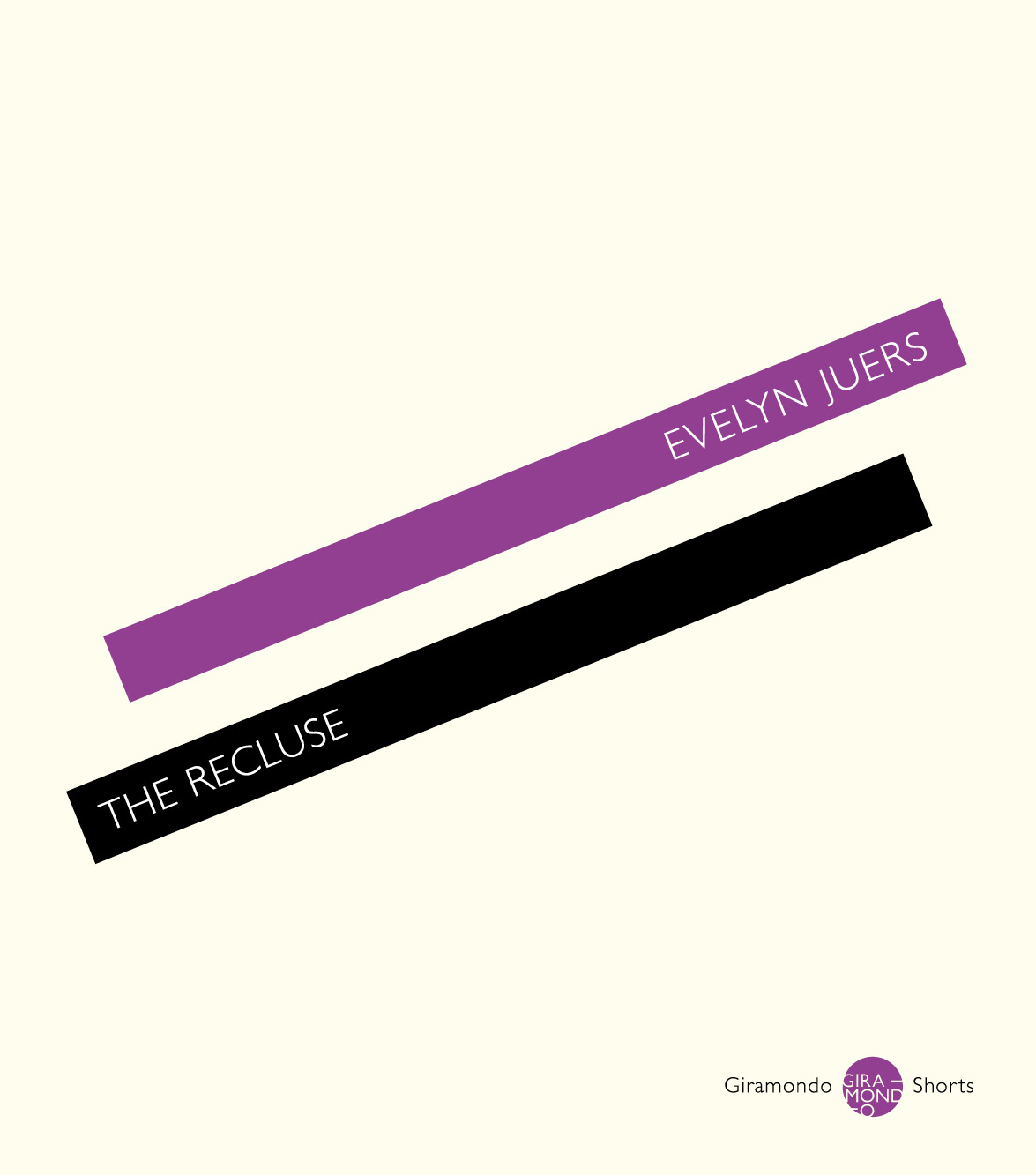
The Recluse
Eliza Emily Donnithorne lived most of her life in isolation in a large house in the Sydney suburb of Newtown.
She is thought to have been the model for the character of Miss Havisham in Charles Dickens’ Great Expectations, who was jilted at the altar, and became a recluse, wearing her wedding dress, and keeping her wedding banquet set, until the day she died. But did it really happen like this?
The Recluse is the story of Juers’ quest to find the elusive Eliza Donnithorne, who was born in South Africa, and lived in India, England and Australia. It is a lace-work rich in connections and associations, at the heart of which her subject remains, irretrievable and dignified, an assertion of the value of the solitary life.
The image of lace is used several times in The Recluse – how it is a symbol of brides (as in Miss Havisham’s wedding finery); the enticing way lace reveals and at the same time conceals; the integral holes that are both part of its shape and substance and also provide enticing liminal spaces for the imagination. The central story, of the real Eliza, is as delicate and elusive as a panel of very fine, cobwebby lace itself, set into…a densely wrought frame of social and family history and an analysis of reclusion. Some of this is complex and tangential…[with] the effect of keeping the sense of evanishment, making the reader impatient to get back to the glimpses we do get of the elusive Eliza, in the shadows, behind a partly opened door. It’s a story full of possibilities in all senses. Jean Bedford, The Newtown Review of Books
About the Author
Reviews
The Recluse gives perhaps the most convincing feel I have come across for how enmeshed life was in Victorian Australia with the rest of the world.
Delia Falconer, The Australian

